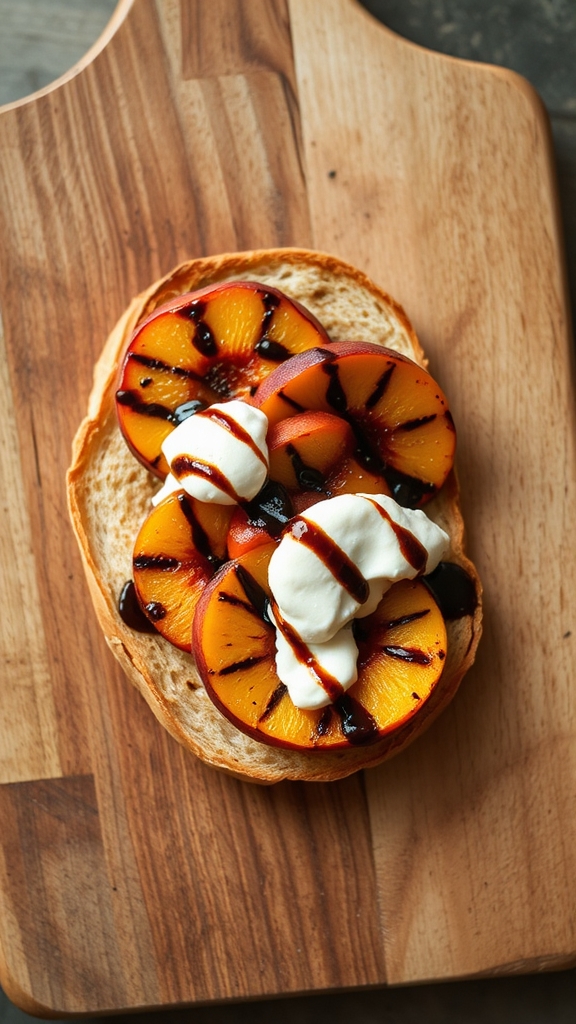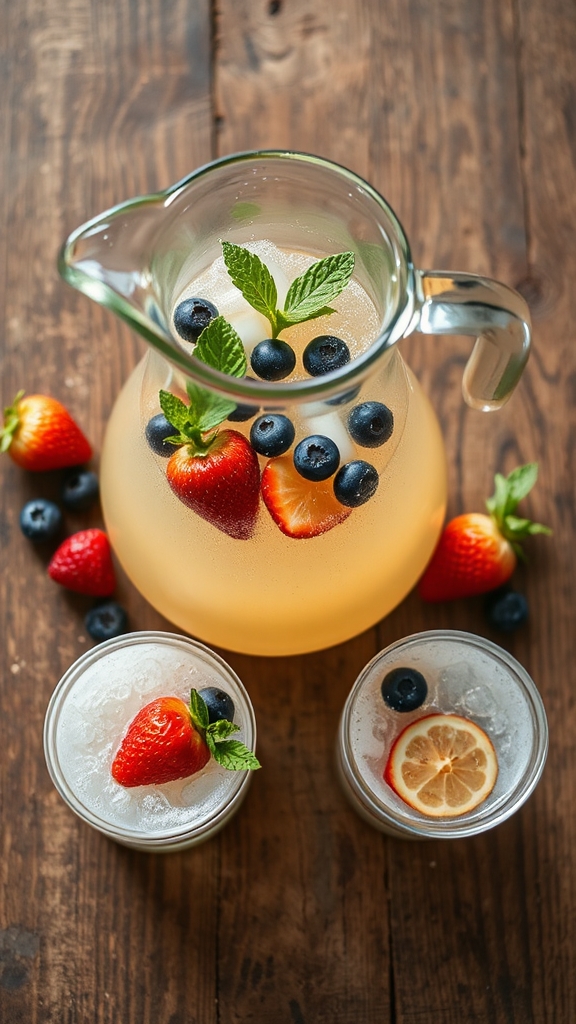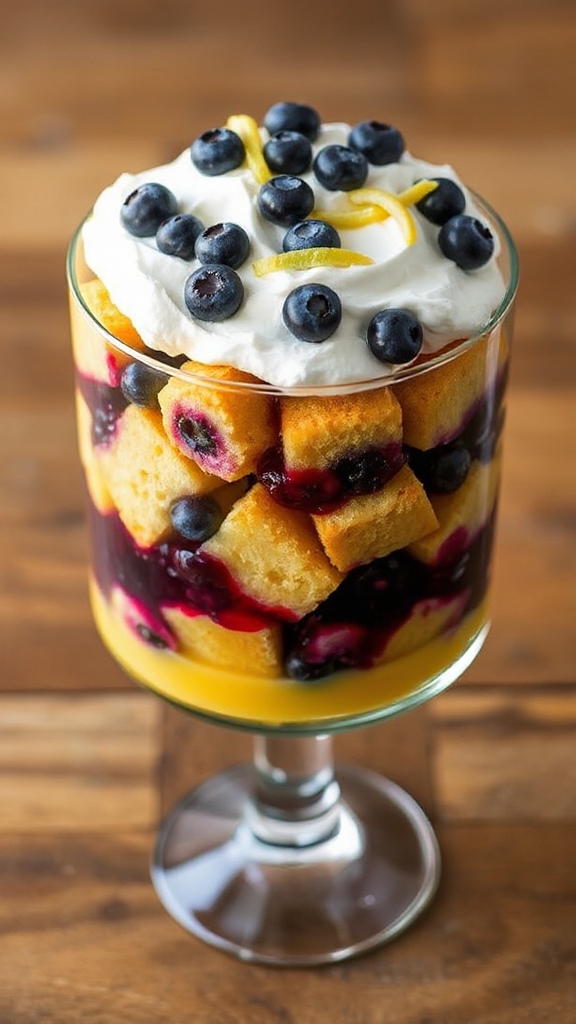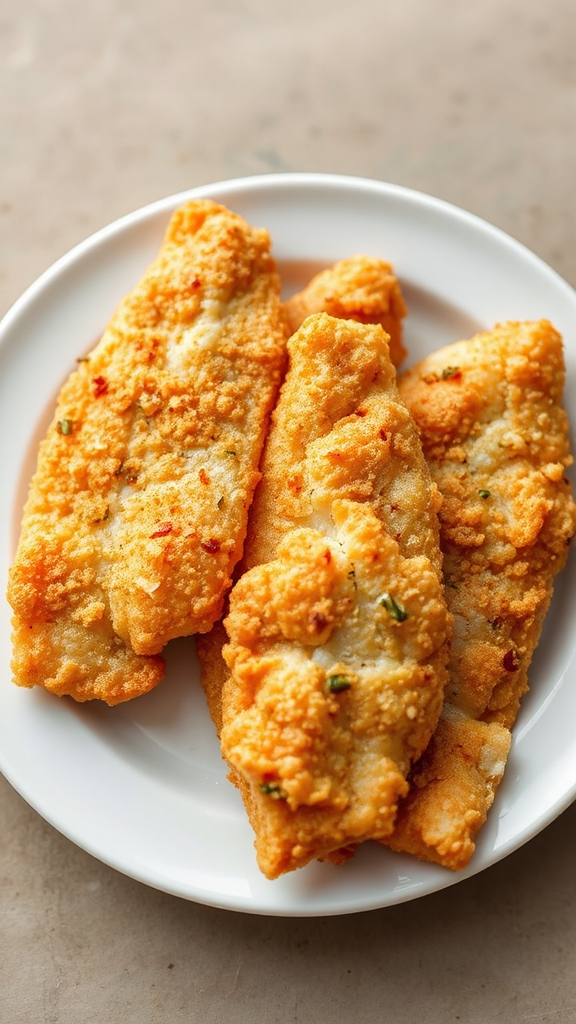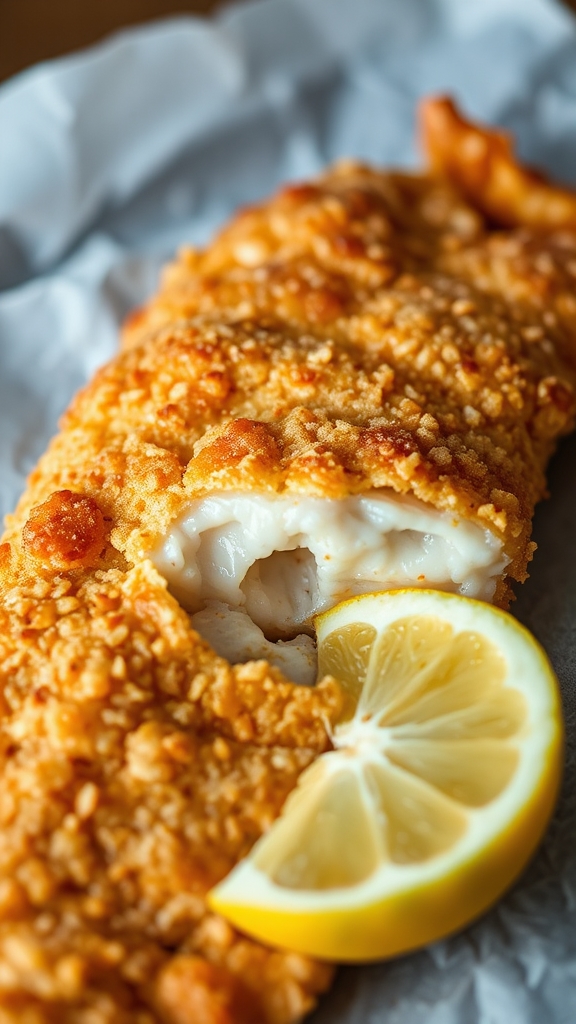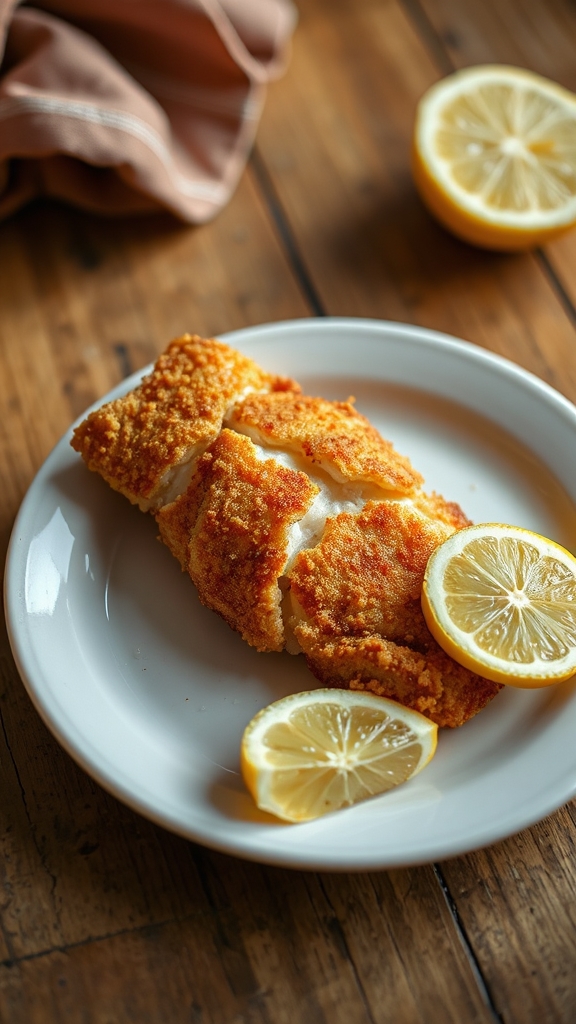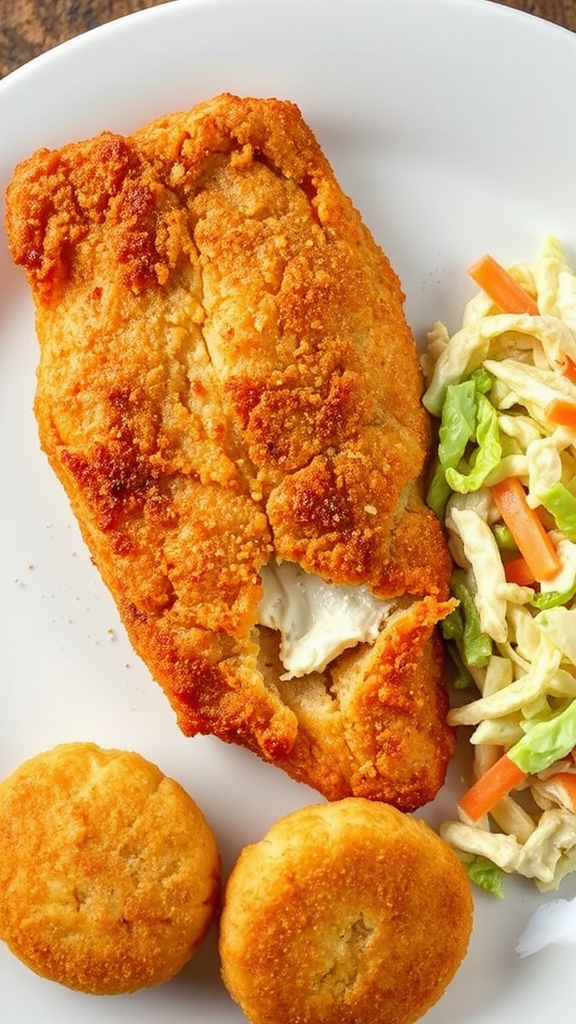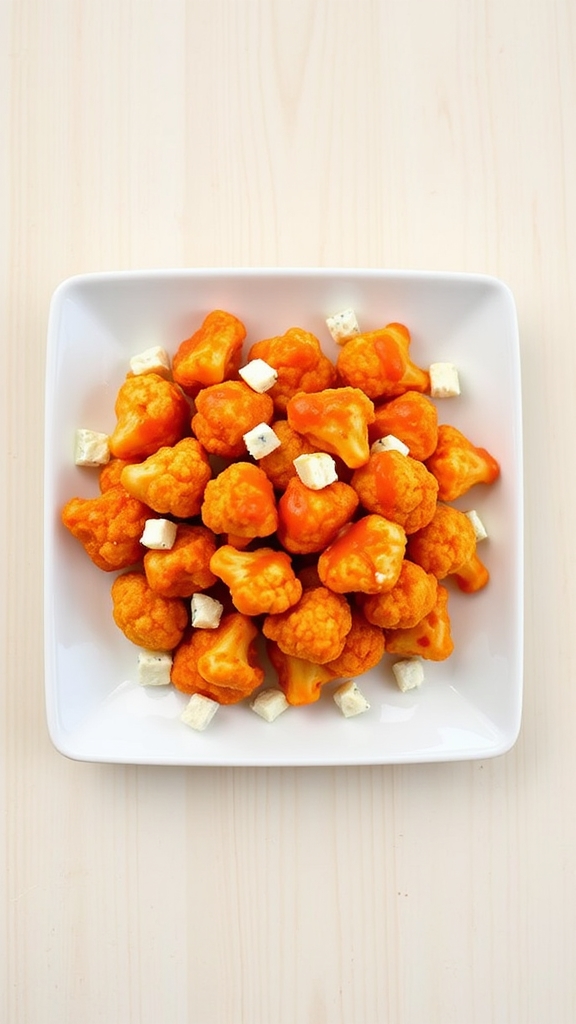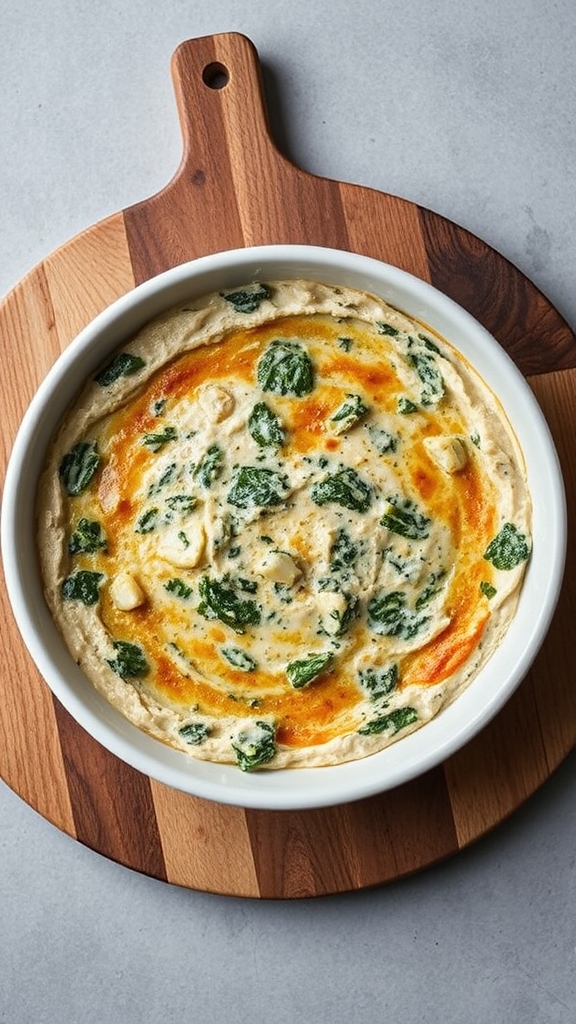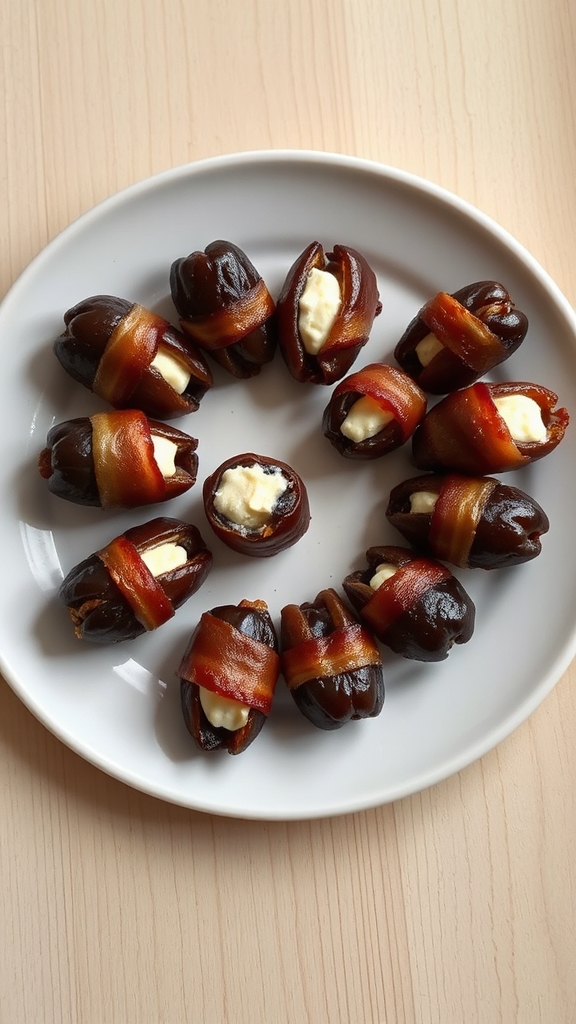Southern Fried Catfish | Louisiana | Catfish, Cornmeal, Cajun Seasoning
Master the crispy allure of Southern fried catfish with Louisiana's Cajun flair, and uncover secrets that will transform your next meal.
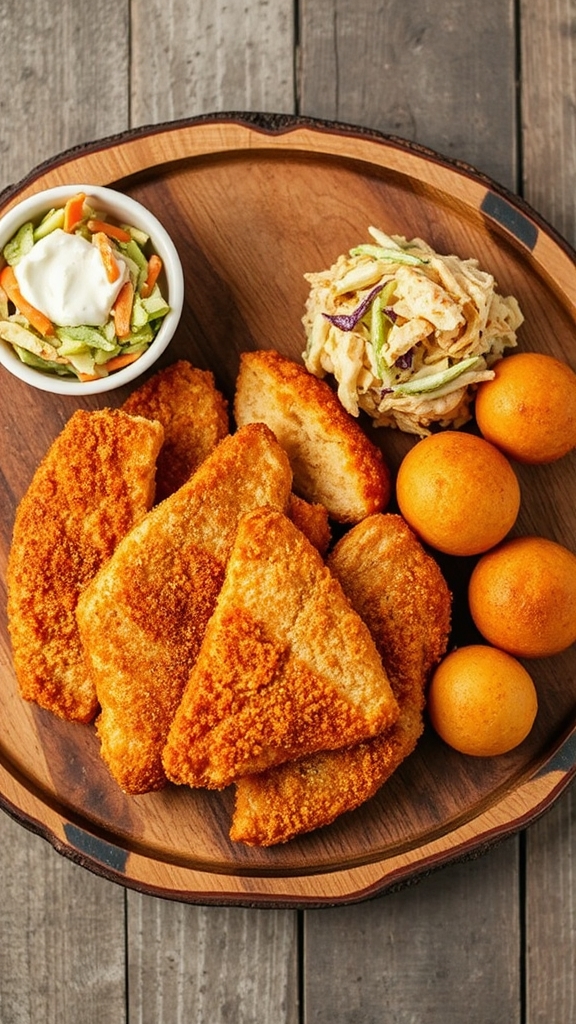
I’ve perfected Southern fried catfish, a Louisiana favorite that brings the bayou to your table. I start with fresh catfish fillets, coating them in a crispy mix of cornmeal and bold Cajun seasoning for that unbeatable crunch and flavor. It’s easy to make at home, blending Southern tradition with a spicy kick. Stay tuned—I’ve got history, ingredients, and tips that’ll elevate your next meal.
History
Southern Fried Catfish traces its origins to the American South, particularly among African American communities in the 19th century, where it evolved from humble, resourceful cooking using abundant freshwater catfish from rivers like the Mississippi, blending African frying techniques with Native American and European influences to become a staple of soul food and Cajun cuisine.
Regional variations reflect local tastes and ingredients; for instance, Louisiana versions often incorporate spicy Creole seasonings, while the Carolinas might feature lighter breading, signifying cultural pride and adaptation in diverse Southern subregions.
Traditionally, it’s served at casual gatherings like fish fries, family reunions, church picnics, or during Lent, fostering community bonds and celebrating regional heritage.
Ingredients
- Catfish fillets: You know, nothing says Southern comfort quite like these fresh, mild-flavored fillets—aim for about 1 to 1.5 pounds of firm, boneless cuts to feed a small crowd, because who wants to run out midway through frying?
- Cornmeal: This coarse, golden stuff is the heart of that crispy coating, isn’t it? Go for 1 cup of fine or medium grind, adding a bit of that rustic crunch that makes every bite feel like a trip to the bayou.
- All-purpose flour: A trusty sidekick to the cornmeal, about 1/2 cup should do, helping bind everything together without getting too fussy—after all, we’re keeping things simple, not turning this into a baking contest.
- Eggs: Just two large ones, beaten until they’re smooth and welcoming, because what would dredging be without that sticky glue to hold the coating in place?
- Buttermilk: Oh, a cup of this tangy liquid gold works wonders for soaking those fillets, say for 30 minutes or so—it’s like giving the fish a little spa treatment to keep it moist and flavorful.
- Salt: Don’t skimp on a tablespoon of good old table salt, or maybe sea salt if you’re feeling fancy, as it brings out the natural sweetness of the fish without overwhelming the party.
- Black pepper: A teaspoon of freshly ground, because life’s too short for bland food, right? It adds that subtle kick that sneaks up on you with every chew.
- Paprika: Half a teaspoon of this smoky red powder for a touch of color and warmth—think of it as the understated guest that makes the whole dish pop, even on a gloomy day.
- Garlic powder: Just a teaspoon to infuse some earthy depth, since who doesn’t love that hint of garlic whispering through the crust?
- Cayenne pepper: If you’re in the mood for a playful spice, add 1/4 teaspoon—it’s like a little surprise that says, “Hey, this ain’t your grandma’s fish,” but not so much that it steals the show.
- Vegetable oil: For frying, you’ll need about 2 cups to fill up that skillet, keeping things neutral so the fish’s flavor shines through—after all, we’re not here to overpower the star.
- Lemon wedges: A few fresh ones for serving, because squeezing a little citrus over the top is like asking, “Does this need a bright finish?” and the answer is always yes.
- Optional hot sauce: Toss in a dash or two if you’re the type who likes to exaggerate the heat, maybe a tablespoon mixed into the batter—it’s that cheeky addition that keeps things interesting, you know?
Cooking Steps
First things first, let’s get those catfish fillets ready for their big moment.
Start by taking your 1 to 1.5 pounds of catfish fillets and giving them a nice soak in a cup of buttermilk for about 30 minutes—this step keeps the fish tender and adds a tangy twist that makes the flavors sing.
In a shallow dish, mix together 1 cup of cornmeal, 1/2 cup of all-purpose flour, a tablespoon of salt, a teaspoon of black pepper, half a teaspoon of paprika, a teaspoon of garlic powder, and maybe 1/4 teaspoon of cayenne pepper if you’re in the mood for a little playful heat.
Now, beat two large eggs in another bowl, because dredging is like dressing up for a party, and you want that coating to stick just right.
Once your fillets have had their buttermilk bath, it’s time to coat them up.
Dip each fillet into the beaten eggs, letting any excess drip off—think of it as giving the fish a quick handshake before the main event.
Then, press it firmly into that cornmeal mixture, making sure every side gets a good, even cover for that irresistible crunch we’re all chasing.
Heat up about 2 cups of vegetable oil in a large skillet over medium-high heat until it shimmers, which usually takes a few minutes, so use that time to double-check your setup and avoid any kitchen mishaps.
After frying, let the fillets drain on a paper towel for a minute or two, giving them a chance to cool slightly and keep that crispy exterior intact—nobody wants a soggy surprise.
Serve your golden-brown catfish hot, with fresh lemon wedges on the side for a bright squeeze that cuts through the richness, and maybe a dash of optional hot sauce if you’re feeling extra adventurous.
It’s that simple combination that turns a basic fish fry into a Southern classic, perfect for gathering around the table with friends.
Tips and Variations
If you’re diving into Southern fried catfish, one smart tip is to experiment with the spice blend in that cornmeal mixture, like bumping up the cayenne for a fiery kick that questions whether your taste buds can handle the heat, or swapping in smoked paprika for a deeper, more mysterious flavor that adds a cozy twist without overwhelming the fish.
For variations, consider using corn flour instead of all-purpose for a gluten-free option, which keeps things light and crispy while making the recipe more inclusive, or serve it alongside hush puppies and coleslaw for a full spread that feels like a laid-back picnic gone right—because who says fried fish can’t be the star of a simple, satisfying meal that leaves everyone coming back for seconds.
Tools
| Tool | Purpose |
|---|---|
| Large skillet or deep fryer | For frying the catfish fillets to achieve a crispy exterior. |
| Tongs | To flip and remove the fish from the hot oil safely. |
| Mixing bowls | For preparing the cornmeal or flour mixture and marinating the fish. |
| Whisk or fork | To mix the dry ingredients and seasonings evenly. |
| Measuring cups and spoons | To accurately measure ingredients like cornmeal, spices, and buttermilk. |
| Wire rack | To drain excess oil from the fried catfish after cooking. |
| Paper towels | For blotting the fish dry before coating and for cleanup. |
| Knife and cutting board | To prepare and cut the catfish fillets if needed. |

Hi There! I'm Stephanie Miller: Elementary teacher from Columbus, OH sharing grandma's treasured American recipes! 50 years young, yoga enthusiast & kitchen storyteller. Welcome to my food family! 🍰❤️

